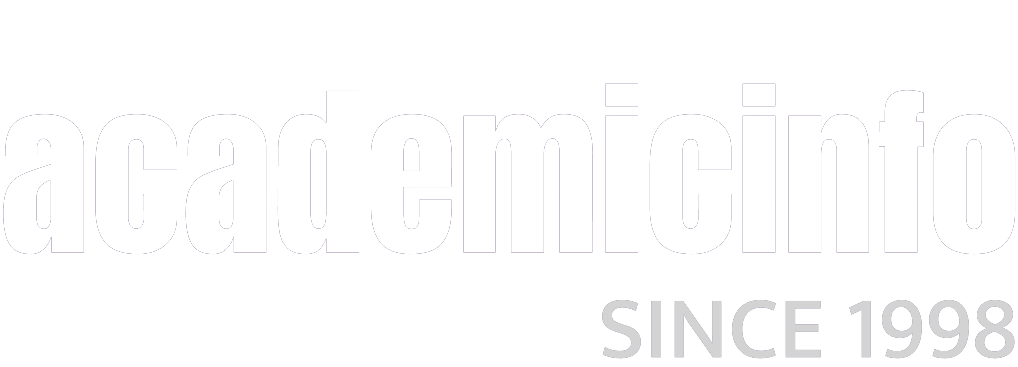What You Need to Know about Federal Student Loans
The federal government subsidizes two different loans for students, the Stafford and the Perkins. Both are based on the financial need revealed in the FAFSA. Both are low interest, do not require credit checks and have a variety of repayment options. While the Stafford loan is available for students with a basic level of financial need, Perkins loans are awarded to students showing exceptional financial need. Let’s take a look at both federal loan programs. The interest rate on Stafford is 6.8 percent for both subsidized and unsubsidized loans.
Subsidized Stafford Loans
Stafford loans are available for all students showing a certain level of financial need and are awarded in various amounts based on the student’s year in college. Freshmen can receive up to $3,500, sophomores receive $4,500 and upperclassmen $5,500 each year. If you’ve received all four years of subsidized Stafford loans, you’ll have borrowed $19,000 for college. Receiving a subsidized loan means that the government will pay the interest on the loan while the student is in college.
Unsubsidized Stafford Loans
Stafford loans are either subsidized or unsubsidized. The subsidized loans are described above. Unsubsidized Stafford loans can be taken out by any student regardless of financial need. With the unsubsidized Stafford loans, the student pays all the interest, which accrues from the time the student takes out the loan. The amounts allowed for unsubsidized Stafford loans depend on whether the student is dependent upon his parents or an independent. If you don’t understand this, if your parents claim you as a dependent on their tax return, you are a dependent. If they don’t, you are independent. For dependent students, you can take an unsubsidized Stafford loan for $2,000 for each year you are in college. For independent students, the amounts are as follows: $6,000 for freshman and sophomore, $7,000 for upperclassmen.
Unsubsidized Stafford loans also defer payment until six months after graduation. You should be aware that if you don’t pay the interest payments each month while you’re in college, then the amount will be added to the loan balance once you graduate. If you can make the interest payments while in school, do so. It will save you money later.
Repayment for both subsidized and unsubsidized Stafford loans begins six months after graduation and continues for 10 years. However, when that isn’t possible, students can get alternate repayment plans including extended payments and graduated payments. Income contingent repayment bases the monthly amount due on the student’s current income. Students can also consolidate loans to make repayment easier.
Perkins Loans
The Perkins loan is given to students showing exceptional financial need on the FAFSA. The Perkins loan program is campus-based, with the school acting as lender using funds provided by the federal government. The Perkins loan program is the best loan for students as it is subsidized and interest is paid by the government during the student’s time in college. Students must begin repaying the Perkins loan nine months after graduation.
Your college’s financial aid office determines the amount of your Perkins loan. Perkins loan limits are $5,500 per year for undergraduates. You may not receive the full $5,500; the financial aid office will determine the amount you receive.
